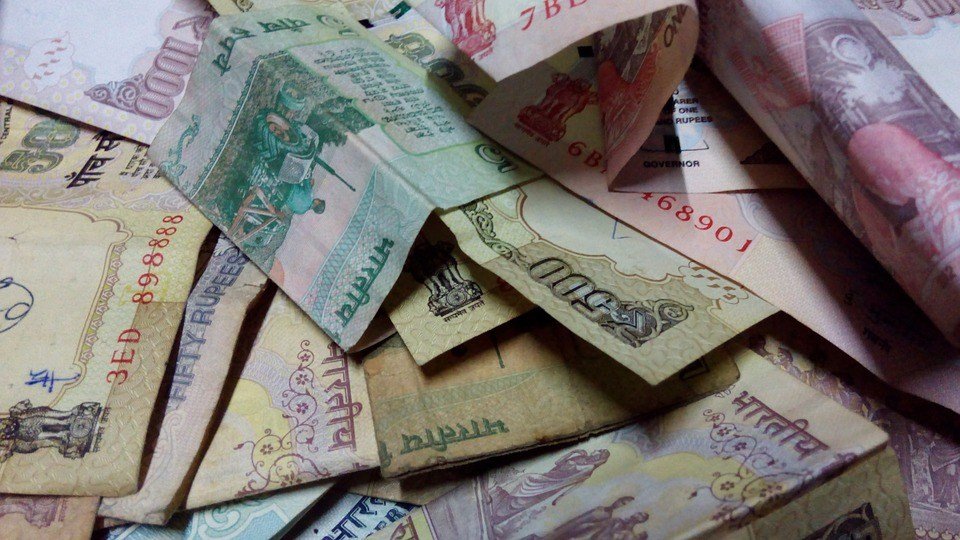Markets
The after-effects of India’s November demonetization
Our economists & analysts predicted the December quarter’s GDP as 6.5% or 6.7% or 6% depending on their level of pessimism covertly labeled as pragmatism. But what happened in the next 52 days could be added as another exception to the Law of Diminishing Marginal Utility.

Economists and analysts predicted that India’s December quarter GDP would plummet. But the real aftermath of the demonetization leaves them confused.
Political pundits & financial analysts are a baffled lot these days. The number 324 was the last straw. Demonetization did what Jan Dhan Yojana couldn’t. Nobody cares what the GDP is and what rate India is going to grow in the next two years. Let that job be done by our esteemed international rating agencies and that is the only job left for them after 2008. If not for them, Greece would not have made it to the Euro and the rest is history. Well before I get into politics or geopolitics, let me get to the core issue for what I am writing. DEMONETIZATION.
November 8, the dreaded date when 86% of legal tender went out of circulation, our economists & analysts predicted the December quarter’s GDP as 6.5% or 6.7% or 6% depending on their level of pessimism covertly labeled as pragmatism. But what happened in the next 52 days could be added as another exception to the Law of Diminishing Marginal Utility. On 8th November 2016, even hardcore misers went out to buy gold in kilos, medicines in thousands, fuel in kiloliters and booked tickets for soothing far-flung relatives. Even my 12-year-old daughter took out her savings to contribute to the monthly family medicinal budget. So did economic activity cease, No! But there were economic disruptions which propelled digitalization into our lives seeping into India’s middle-class psyche and the aftermath was evident in Uttar Pradesh assembly elections.
Coming to the bone of contention, Indian GDP and how did it come out to be 7.1% for the third quarter of 2017. To make them understand, just wanted to do what my economic professor always loved to do, giving illustrations. So let’s assume that you give a Rs. 10 note to a 10-year-old and explicate to him that this is the last time he would ever see or hold it as its going out of circulation the very next day. The kid will obviously buy an ice-cream or a chocolate. This is what our Richie rich class, HNIs, traders and corporate did. They spent where they could and traded where they couldn’t as evident from higher sales numbers of SUVs and utility vehicles of auto companies. As demonetization exercise started after the festive season of Dussehra & Diwali, the yearly held on discretionary expenditure was already done before the government’s due date.
In addition to that government accelerated its expenditure in December quarter to make up for the lost economic activity. Companies across industries delivered huge stocks to their dealers who willing paid in advance propelling current accounts and helped CASA ratios of banking sector swell with liquidity and as a result, companies showing normal sales for the December quarter.
So where does the question arise of GDP getting impacted? You just need to get your calculations right. Now that the GDP numbers are out, our learned pessimist economists are waiting for the March quarter to unfold and prove them right. But before they could pronounce the next quarter GDP, Manufacturing PMI and Factory output has rebounded. So what is left? Nothing just optimism which according to Henry Rollins, “Wears heavy boots and is loud” and we just heard it on 11th March 2017.
—
DISCLAIMER: This article expresses my own ideas and opinions. Any information I have shared are from sources that I believe to be reliable and accurate. I did not receive any financial compensation in writing this post, nor do I own any shares in any company I’ve mentioned. I encourage any reader to do their own diligent research first before making any investment decisions.

-

 Africa1 week ago
Africa1 week agoOil Dependence and Economic Resilience: Morocco’s Path to Sustainable Growth
-

 Biotech2 weeks ago
Biotech2 weeks agoEFPIA Calls for Clearer AI Governance to Safely Transform Drug Development
-

 Africa3 days ago
Africa3 days agoBantuHub and L’Archer Group Partner to Invest €1 Million in Congolese Startups
-

 Markets1 week ago
Markets1 week ago2025 Chaos, Concentration, and the Road to 2026


























You must be logged in to post a comment Login